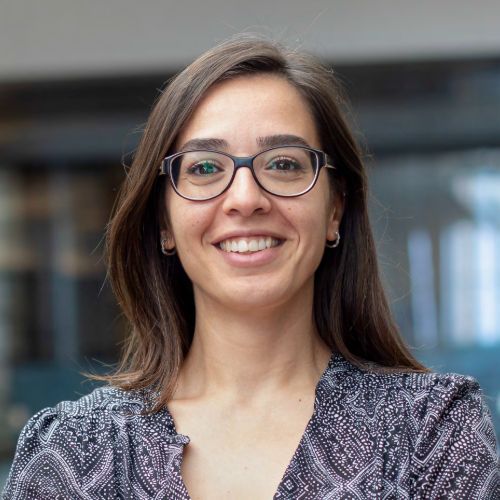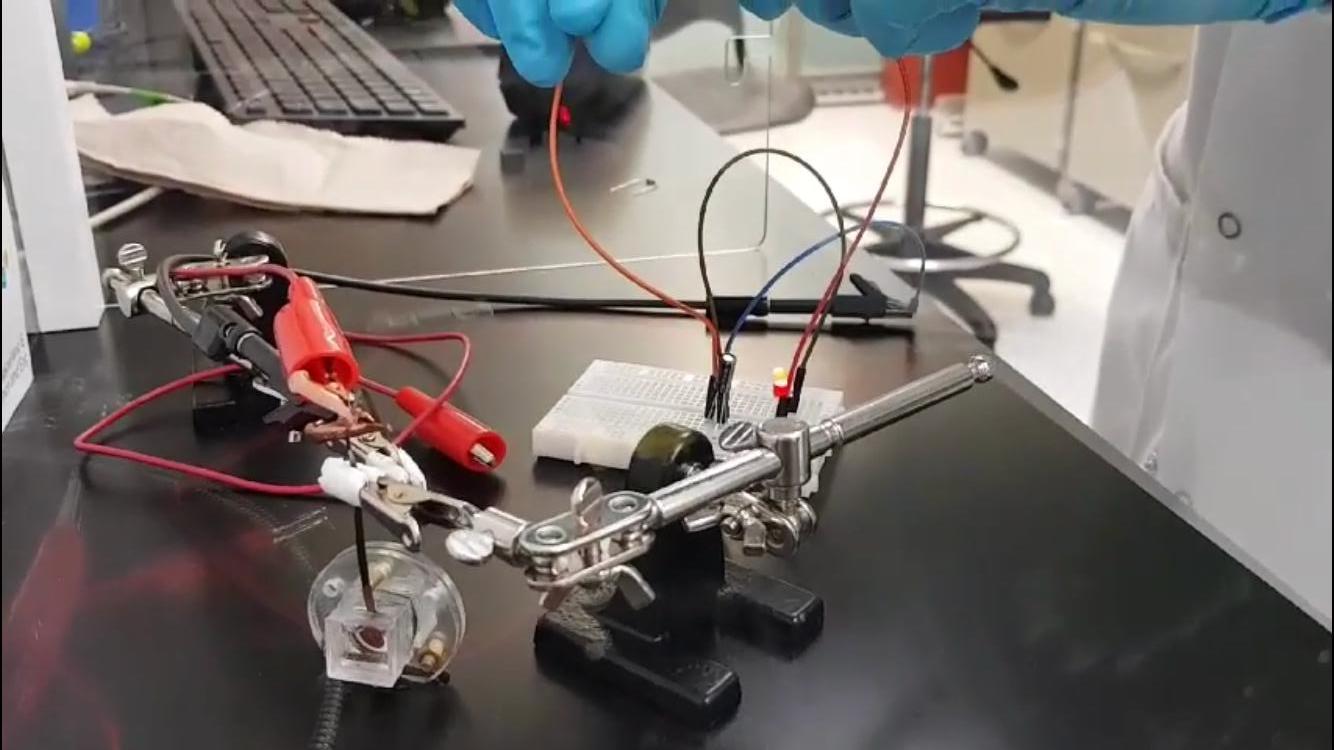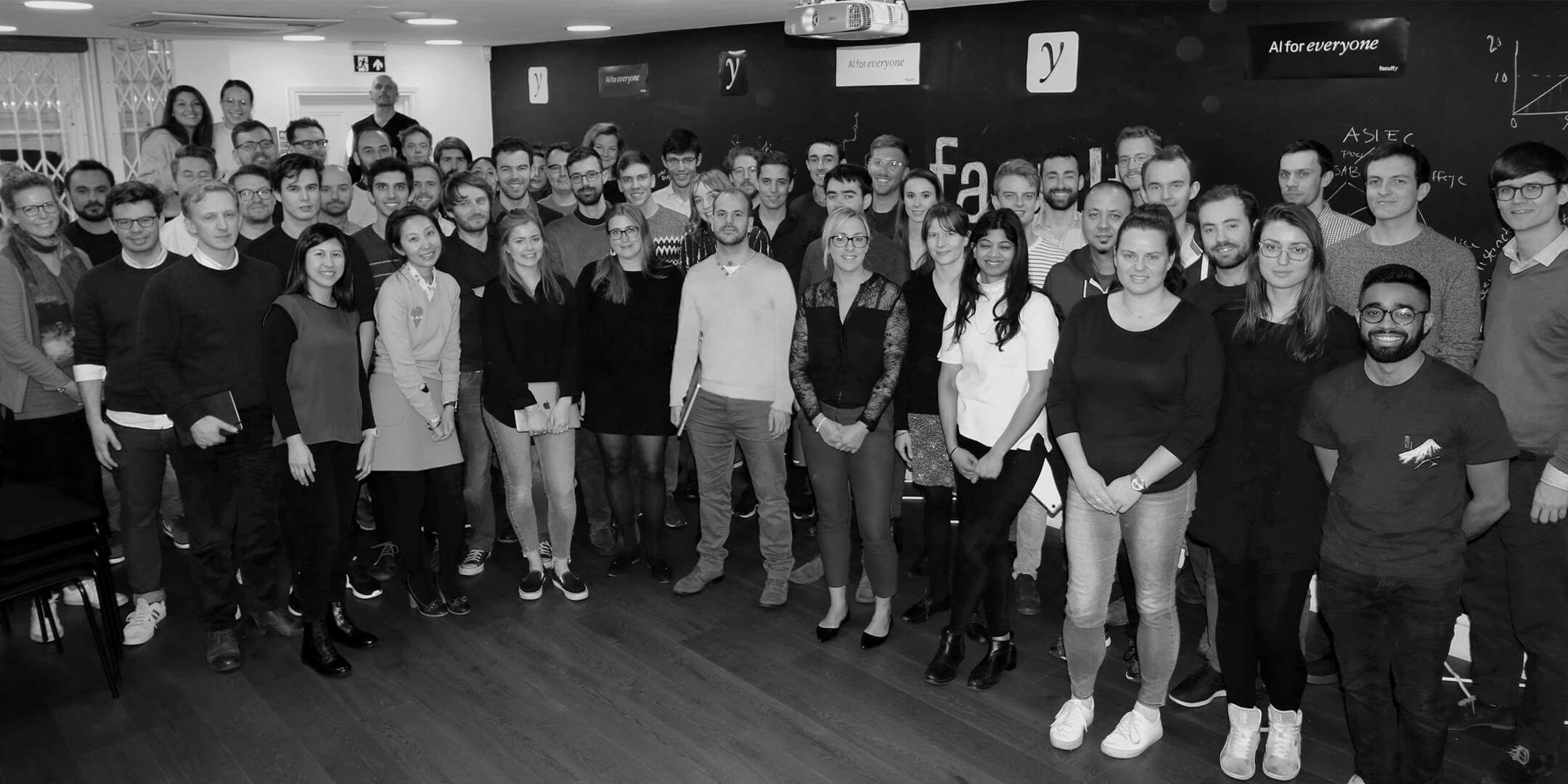Program Chair, Associate Professor, Bioengineering
Sahika Inal

Biological and Environmental Science and Engineering Division (BESE)
Principal Investigator, Lab of Organic Bioelectronics
Center membership, Computational Bioscience Research Center
https://cemse.kaust.edu.sa/cbrc/people/person/sahika-inal-0
Orcid
https://orcid.org/0000-0002-1166-1512
Twitter account: @InalSahika
“Bioengineering combines several disciplines, attracting the best minds with various backgrounds.”
Born and raised in Turkey, Professor Inal got her bachelor’s degree in textile machinery and engineering from Istanbul Technical University. Then, when it came time to continue her education, she decided to pursue something completely new.
Changing course, she made her way to Germany and obtained a master’s in polymer science and a doctorate of philosophy in experimental physics from the University of Potsdam. While completing her Ph.D., her mother fell ill with a regressive disease that impacted her joints. Haunted by the doctor’s conclusion that this disease could have been cured with earlier detection, Professor Inal devoted her career to finding ways of diagnosing diseases before it’s too late.
Today, Professor Inal is an associate professor of bioengineering at KAUST, where she leads the engineering of devices that can detect and treat diseases in ways that have never been done before.
For more information on how Professor Inal got her start in bioengineering, watch her TEDx Talk.
FocusAndTechnologyAreas

Professor Inal’s research centers around the coupling of organic electronic materials with biological systems. Her team aims to develop electronic devices that can interface with living systems and detect or treat diseases—for instance, an implant that regulates a patient’s heartbeat or a device placed in the brain that delivers drugs or electrical stimulation to alleviate symptoms of a neurological disorder. These devices can also pick up biological signals and translate them into electrical information, forming the basis of a biosensor.
Ultimately, the success of these devices depends on how well the electronics communicate with the biological system—and materials that enable communication between these two worlds are key to ensuring high performance.
In the lab, Professor Inal’s team employs organic electronic materials that are carbon-based semiconductors for interfacing the living tissue. Sharing similar building blocks with living organisms, these materials offer a unique set of properties that can be used to improve the compatibility of artificial devices. For instance, they soften up as they interact with body fluids, dampening the mechanical mismatch with the tissue. They transport electronic charges like metals do, but are also ionically active like biological systems. Organic electronic materials provide a new toolbox for interfacing with biology. Leveraging the properties of organic electronic materials, Professor Inal’s lab designs bio-sensing and stimulation platforms with unique capabilities.
Professor Inal’s research is application-oriented, with an immediate impact on biomedical diagnostics and therapy. Her lab builds biosensors and actuators with the hope of helping people around the globe. Recently, her team developed a coronavirus test that can provide results in as little as 15 minutes.
Why did you choose this research topic?
Solving interdisciplinary puzzles is both a lot of fun and challenging, so my team members and I never get bored of what we do.
Why KAUST?
We are given the best tools and environment to do research with people who share similar interests.
What are your future plans?
Moving forward, we’d like to see some of our technologies move from the lab to the hands of clinicians. With that goal in mind, I plan to dedicate more time to translational activities.
What does bioengineering mean to you?
Bioengineering combines several disciplines, attracting the best minds with various backgrounds.

